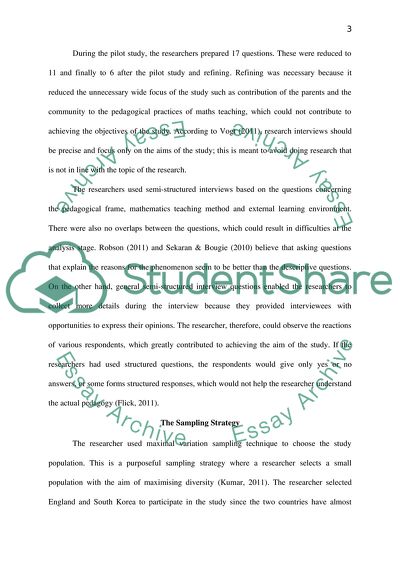Cite this document
(Pedagogical Practices of Mathematics Education for Young Children in Report Example | Topics and Well Written Essays - 2000 words, n.d.)
Pedagogical Practices of Mathematics Education for Young Children in Report Example | Topics and Well Written Essays - 2000 words. https://studentshare.org/education/1861793-methodology-critique
Pedagogical Practices of Mathematics Education for Young Children in Report Example | Topics and Well Written Essays - 2000 words. https://studentshare.org/education/1861793-methodology-critique
(Pedagogical Practices of Mathematics Education for Young Children in Report Example | Topics and Well Written Essays - 2000 Words)
Pedagogical Practices of Mathematics Education for Young Children in Report Example | Topics and Well Written Essays - 2000 Words. https://studentshare.org/education/1861793-methodology-critique.
Pedagogical Practices of Mathematics Education for Young Children in Report Example | Topics and Well Written Essays - 2000 Words. https://studentshare.org/education/1861793-methodology-critique.
“Pedagogical Practices of Mathematics Education for Young Children in Report Example | Topics and Well Written Essays - 2000 Words”. https://studentshare.org/education/1861793-methodology-critique.


